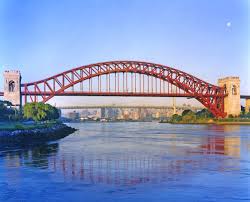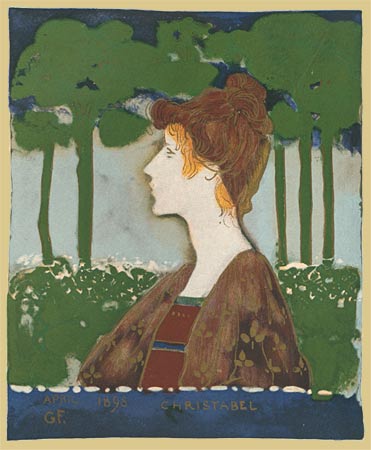Bridges are key aspects of travel and transportation for human life spanning back thousands of years. They provide a solution to the unworkable terrain that the Earth is made of. They can span large rivers, lakes, or oceans as well as deep canyons or trenches. There are four major types of bridges at this current age. The first bridge is a beam bridge. This bridge is a single beam that is supported by piers. This bridge isn't as structurally sound as the other designs, but it is a simple bridge that can provide crossing of around 250ft. The next type of bridge is the truss bridge. This a complex bridge made up of mostly triangles. In detail, the bridge has two arms that extend from each of the two piers. Diagonal steel tubes hold these arms in place. As well as the bridge having arms supporting the first two spans, the bridge has cantilever arms that support a third span. In terms of strength, I would award this bridge with the gold medal. It seems to be the most structurally sound bridge that withstands the greatest weight. The third type of bridge is the arch bridge. This bridge's origin dates back to Roman times when they would use arched to contruct great architecural wonders like the Collesseum. Arch bridges either consist of steel or concrete and can span up to 800ft. The final type of bridge is the suspension bridge. This bridge is the most advanced and current design used today. It can span an impressive 2,000 to 7,000 feet. These bridges are literally suspended by massive cables hung from the giant supportive "U" bars and attached to the roadway. The major support these bridges have come from the large steel pillars from which the "U" bars are attached. Bridges are complex feats of architectural and egineering excellence. These structures are a very important tool used by humans every single day.
Beam Bridge (pbs.org)

Truss Bridge (
sunnysideoflouisville.org)

Arch Bridge (
ce530learningobjectsjjh.wikispaces.com)

Suspension Bridge (
theodora.com)




